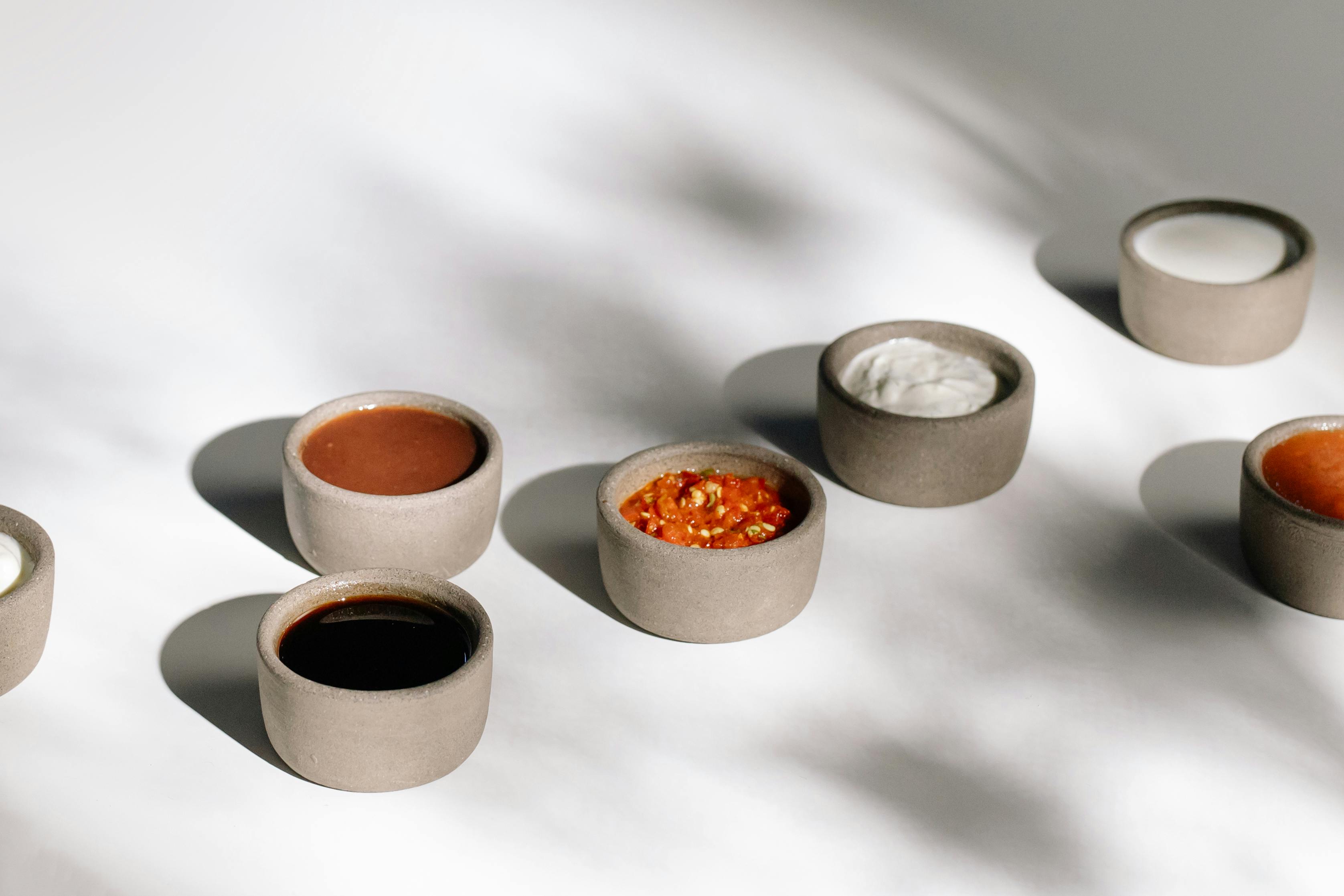Wood stains are still part of the paint category. It even still has the same formulation of binder, dye and solvent. However, these have a lower amount of binder. The idea why these stains were invented is to allow the paint to show through even through the holes and pores in the wood. Unlike paint, it does not create a film that covers the entire surface. It takes the shape of the painted material thus creating a more authentic look rather than a simple, homogeneous finish.
Stain varieties differ in their viscosity. They range from very thin to very thick. The thicker variety is known as lining stains. Usually it is a paint that does not cover a surface forming a film. Advantages of using siding stains include:
has. Its design is aimed at penetrating the material to be painted less effectively than paint.
b. It protects the wood from the strong UV rays of the sun, thus preserving it and making it last longer.
Against Prevents water from seeing through wood or any other material, reducing the chance of easy disintegration.
d. It again prevents the proliferation of mold and fungus, making the wood last longer than expected.
me. Delays the attack of termites and other xylophagous insects.
Now the question is what makes it different from lacquer or varnish? The only difference between the two is that the spots have a pigment or a dye. The varnishes do not have pigments as it is colorless when applied. However, these two go hand in hand when doing floor and furniture finishes. The stain provides the color while the varnish adds the shine and overall polished finish. In fact, some products on the market combine varnishes and stains to make them easier to use. With this, you do not have to apply two materials in separate coatings. It can be done with a single layer.
The degree of difficulty in using stains depends on the type of wood to be used. Some woods are more porous than others. Aged wood stains well compared to green sawn lumber. Some may require a little more effort to dye, while others may not. Another factor to consider is the current weather conditions. Some stains dry very quickly, so you don’t want to use them in hot, sunny weather. The last factor is the type of dye to use. The viscosity of the stain must be taken into account because only the correct amount of viscosity would produce the perfect result for your wood.
Now back to the question of whether it is better than the painting itself. The answer is that it all really depends. There are works that would ideally require painting while others would require the services of a stain.

